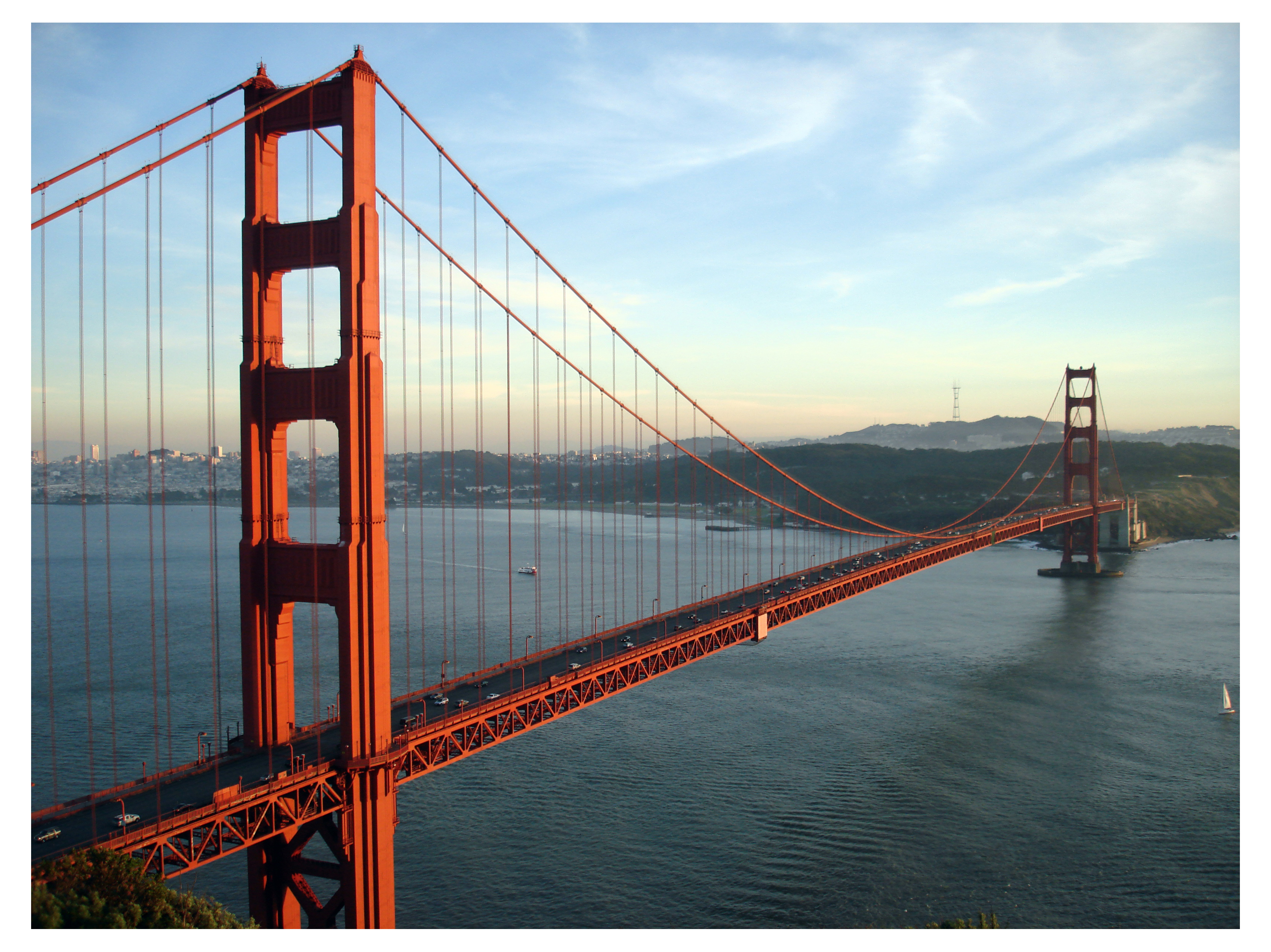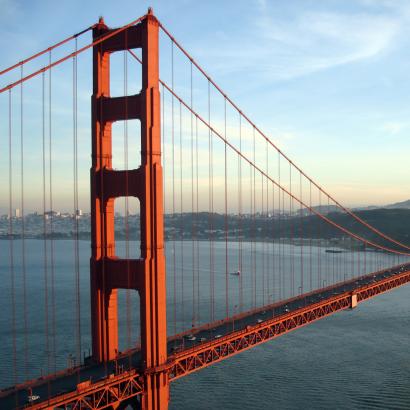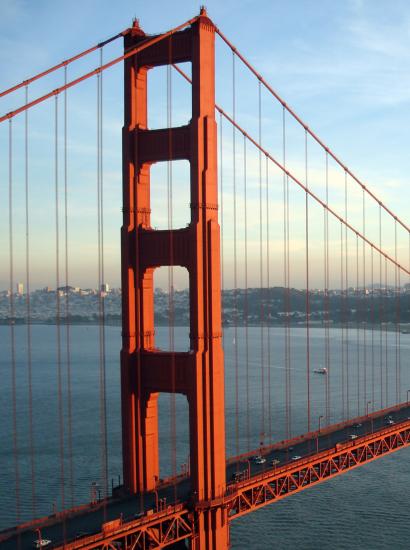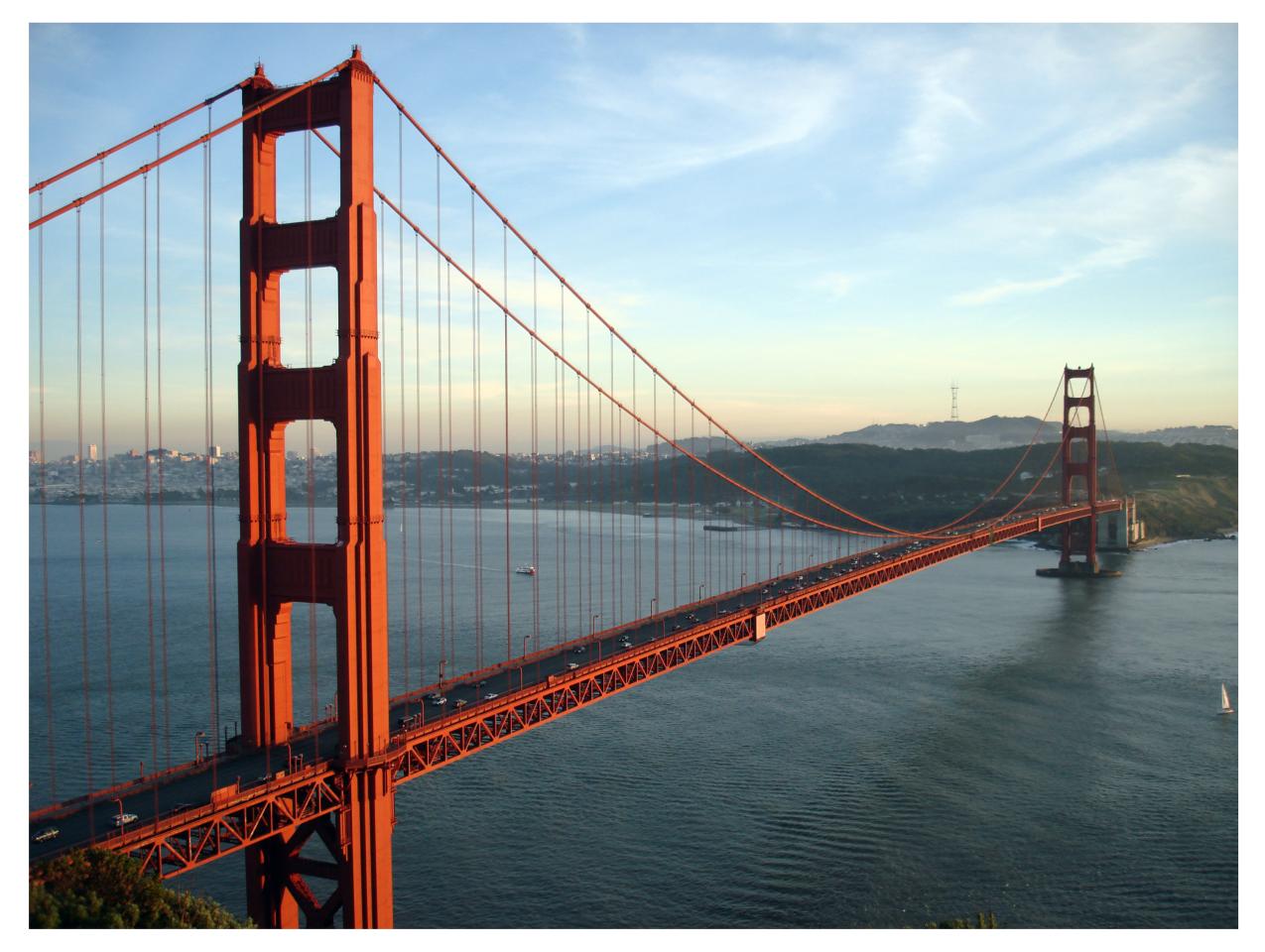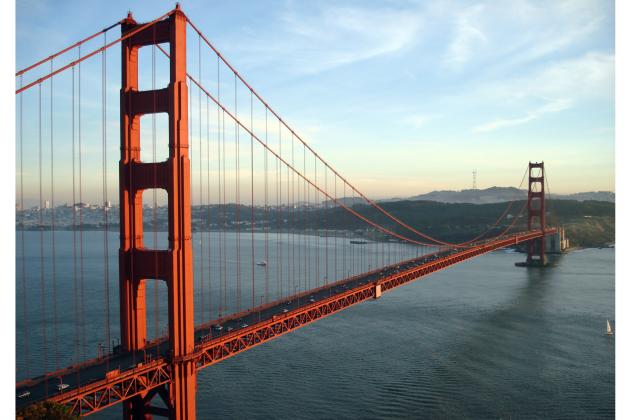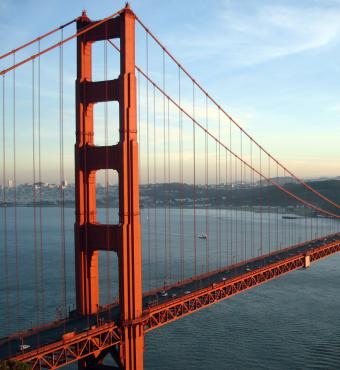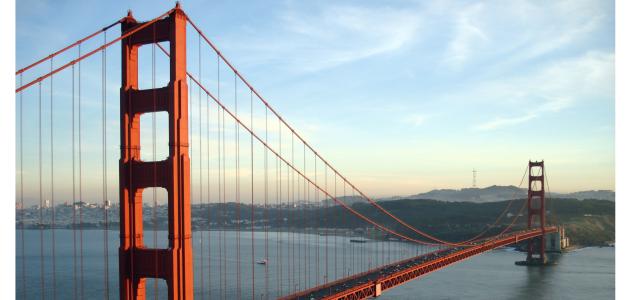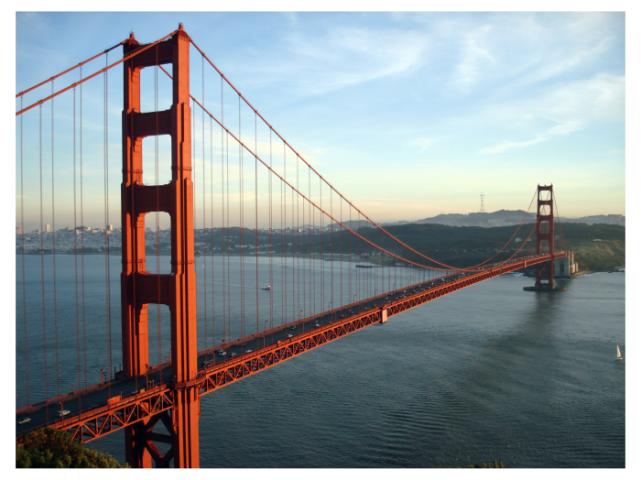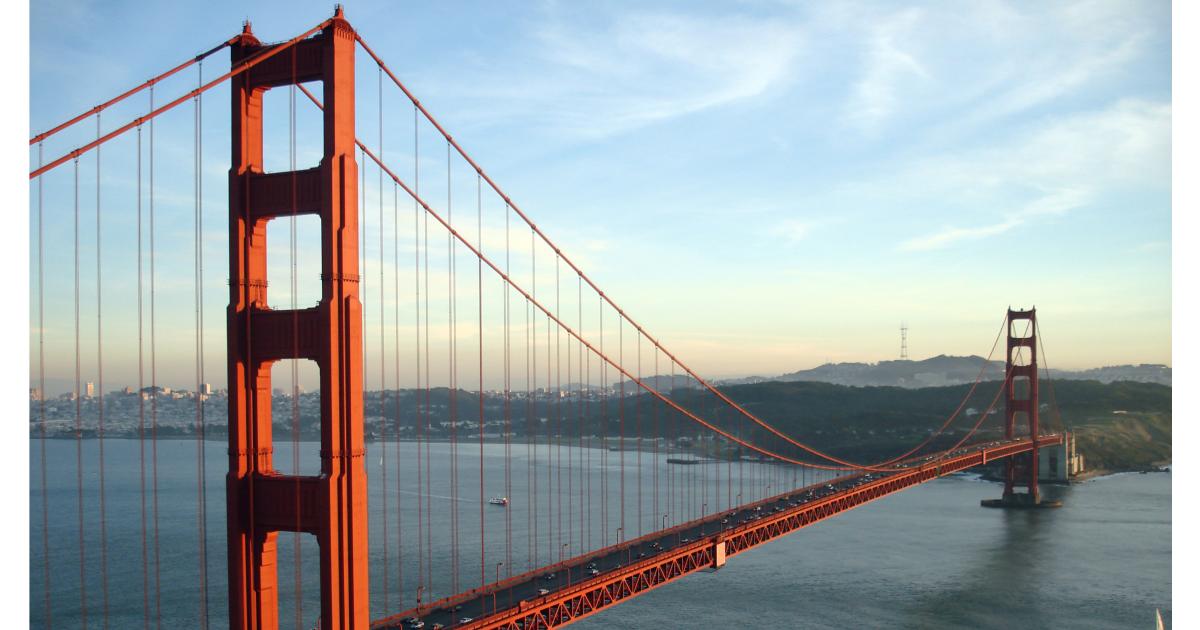- Politics, Institutions, and Public Opinion
- Campaigns & Elections
- State & Local
From coast to coast, Americans will go to the polls on Tuesday. There’s an intriguing U.S. Senate race in Mississippi that may have turned on an alleged conspiracy to break into a nursing home and photograph the incumbent’s ailing wife. In Iowa, five Republicans competing in that’s Senate primary could so dilute the vote that no candidate will garner at least 35% of the sum – leaving the choice to a June 14 party convention to settle matters.
Then there’s California, whose new and supposedly improved “open” primary has proven to be enigmatic in its infancy (voters approved the “open primary” law via a 2010 ballot measure).
On the one hand, the Golden State’s system of voting in state, legislative and congressional races – the top-two finishers advance to the general election, regardless of political affiliation – has made for more mischief and media attention than usual at this time of the year, especially in local contests that have exposed intraparty rifts.
On the other hand, the state’s done its best to make the June primary as dull as dishwater (more on that in a minute). This year’s vote lacks the pizazz of the 2003 recall, or either Obama presidential win.
Here are five California storylines to follow on Tuesday and beyond:
1) Turnout. The guess is that the number of registered voters who take part in Tuesday’s primary will wind up well under 30%, making it a historically low statewide vote (the Golden State has 17.5 million registered voters; less than 5 million Californians are expected to participate). Why the lack of interest? There are at least two culprits. First, there’s the governor’s race in which no candidate – not even Gov. Jerry Brown, who’s sitting on a $20 million war chest – has launched a television ad blitz. Californians aren’t being urged to vote; they’re responding in kind. By contrast, two Republican candidates for governor spent $109 million in California’s 2010 primary; turnout that June was 33%. A second culprit: a 2011 law (signed by Brown) stripping California’s June statewide ballots of initiative measures – i.e., no controversial topics that swell conservative or liberal turnout (in June 1998, for examples Californians had the choices of Proposition 226 (union employees’ paycheck protection) and Prop 227 (English-only instruction in state public schools).
2) Should Donnelly Finish Second? It’s a hell scenario for the California GOP: in Assemblyman Tim Donnelly, currently in a neck-and-neck race with businessman Neel Kashakari for second-place in the governor’s race, a standard-bearer whose poverty-stricken/wealth-of-controversy approach to running for California’s highest elected office could damage the party down the ticket. The question isn’t the damage done to the state party. Rather, it’s how national Republicans would react – in particular, those with 2016 aspirations. One such hopeful, New Jersey Gov. Chris Christie, also happens to chair the Republican Governors Association. That makes him Santa Claus in many a gubernatorial contest nationwide – dropping into a state, raising money and campaigning for GOP candidates (while also making connections for an anticipated presidential run). Would Santa Christie deem Donnelly naughty or nice? Moreover, how would a Donnelly general-election candidacy play with Jeb Bush, Marco Rubio and other 2016 candidates preaching inclusiveness and a more open-minded approach to immigration reform?
3) Playing to the Base. Two contests in Northern California will serve as evidence of what pushes Republicans’ and Democrats’ buttons these days. The GOP litmus test is in the 7thCongressional District and a battle between former Rep. Doug Ose, a moderate, and conservative Igor Birman – as in other states, a center-right feud between Tea Partiers and the U.S. Chamber of Commerce. On the Democratic side, the race to watch is in California’s 16th Assembly District. There, the fight’s between a union-friendly Democrat and a former Brown campaign advisor who’s banking on voter dissatisfaction with last year’s Bay Area rail strike (the wildcard here: a San Francisco Muni sickout, a day before the election, that could further sour voters’ attitudes toward labor unions).
4) Once Is a Fluke. Looking south, we turn to California’s 26th Senate District, the most crowded of the state’s 20 Senate primary contests. What stands out in SD26, which spans the beach and rollerblade side of greater Los Angeles (Santa Monica, Manhattan Beach): Sandra Fluke, first introduced to the nation in 2012 when her support of Obamacare birth-control benefits earned her the sobriquet “slut” from Rush Limbaugh. Fluke’s running on an agenda of environmental protection, affordable education and revisiting 1978’s tax-limiting Proposition 13. A cynic would note that with her educational background – double-majoring at Cornell in policy analysis and management and in feminist, gender and sexual studies – she seems an ideal fit for a State Legislative that shirks hard choices for more frivolous policy pursuits.
5) Brown’s Pivot. After Tuesday, California’s governor faces a choice: run a no-frills re-elect effort that focuses on making good on his 2010 promise to deal with the state’s budget mess, or a more aggressive campaign based on larger policy and ideological themes that cause trouble for Republicans in legislative and congressional races (as California’s a blue state, think climate change, immigration reform and gun control). Most governors would leap at the chance to add to their coattails – especially, in California’s case, when Democrats are looking to restore their legislative supermajority. Then again, Brown’s a notorious nonconformist – witness the fact that he won’t support Steve Glazer, a former aide to the governor, who’s waging the anti-union campaign in that aforementioned Assembly race in the Bay Area. In the end, Brown may limit his campaign to his record in office, rather than a bigger Democratic vs. Republican values argument – at a cost of a few missed opportunities for Brown’s party across the state.







